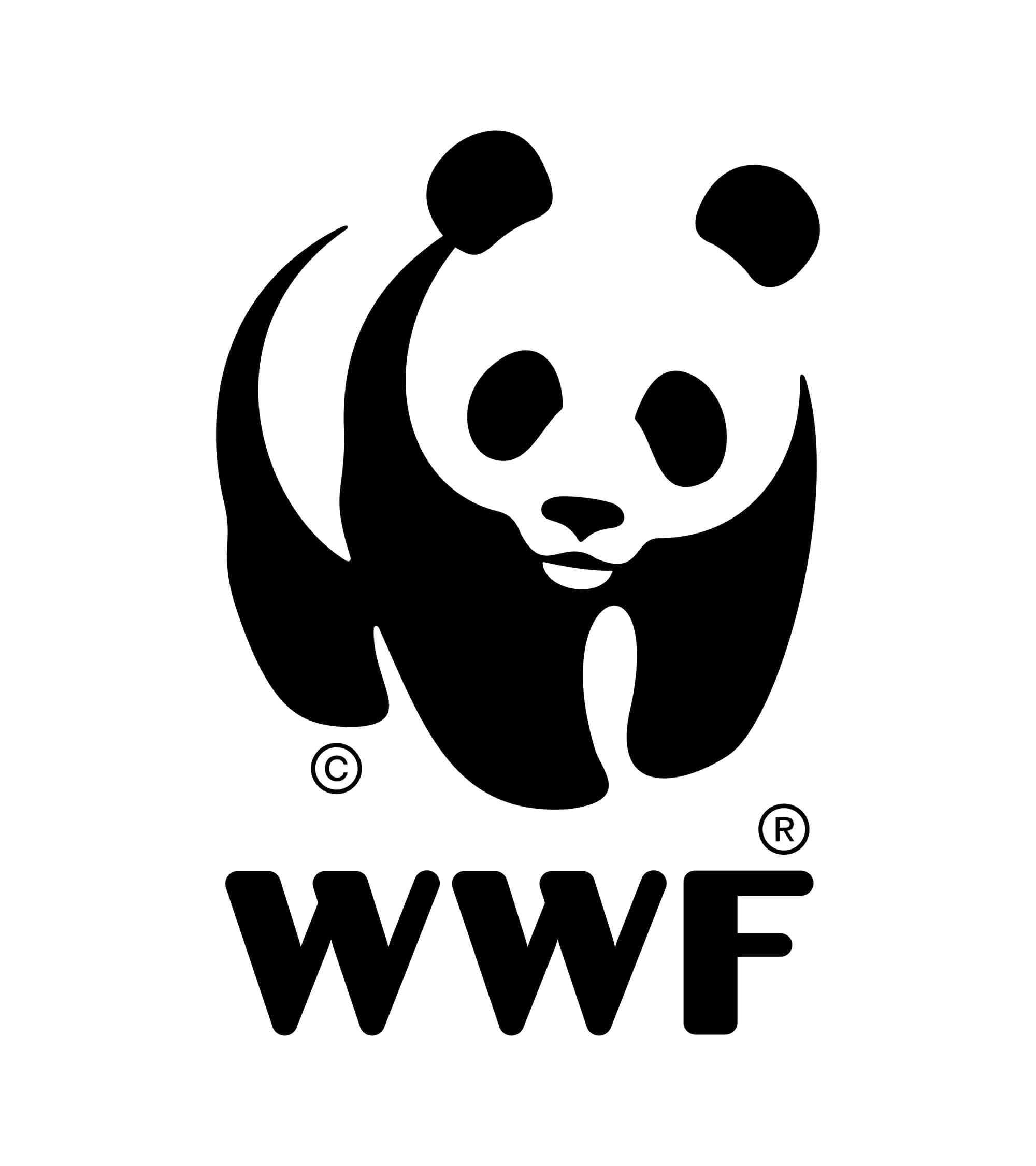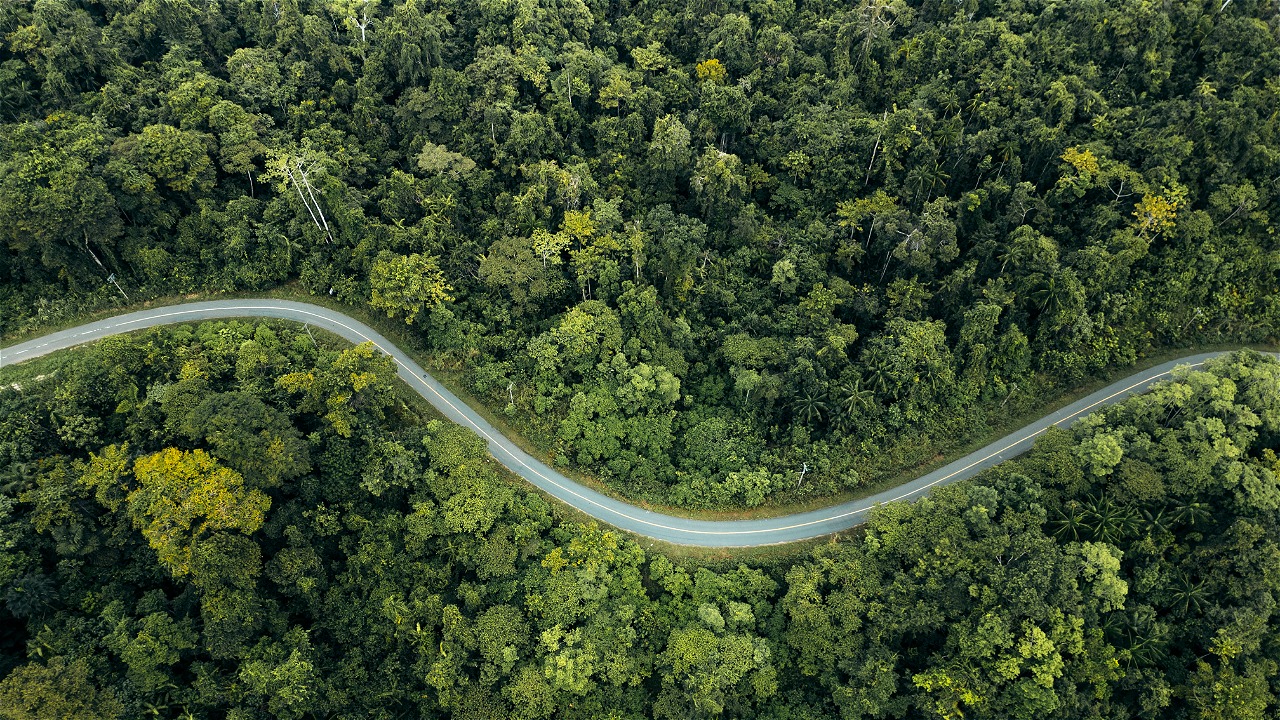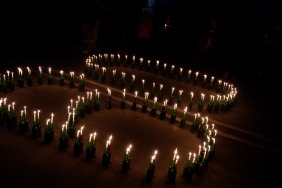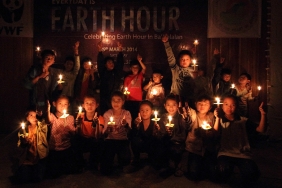LADYBUGS, THE BEETLE'S LITTLE BROTHER
By: Lidwina Marcella & Verena Puspawardani
When we hear the word "ladybugs", what comes to mind is a small insect measuring 1-10 mm with yellow, orange, or red wings and small black spots. However, the "ladybugs" that are currently the talk of the town are not of the Coleoptera order, although this one is also arguably the "beetle's little brother". Well, what is this animal anyway?
"Kelas Pemimpin Kreatif Indonesia", or KEPIK for short, is one of Earth Hour Indonesia's actions or movements that wants to contribute to the capacity building of Indonesian young people to become independent individuals who are able to respond positively to environmental problems around them with their capacities.
In the first KEPIK class, which was held on October 27, 2012 at STIKOM The London School of Public Relations, the initial session was filled by Randu Rini, Communication Coordinator of SIAP II WWF-Indonesia, who presented the material "WWF-Indonesia Forestry Program and AKSI activities that can be supported by young people".
The main topic in Kepik's first class was "Building Community and Creative Campaigns", presented by Israr Ardiansyah, Manager of Indonesia Mengajar Community. Israr talked about the vision, mission, and development of the community. Afterwards, Verena Puspawardani, Campaign Coordinator for WWF-Indonesia's Climate and Energy Program, spoke about the campaign strategy of the Earth Hour Indonesia community.
There were many interesting things from the material presented by the two speakers. At the beginning of the session, participants' feelings were mixed with a video presentation from the Indonesia Mengajar community, which using the background of the song Indonesia Pusaka, told the story of Indonesia's still inadequate education conditions. Added to this was the ironic fact that although almost 100% of Indonesians are free from illiteracy, many drop out of school. The presence of the Indonesia Mengajar community, which was initiated by Anies Baswedan, aims to participate in educating the nation through 2 things: increasing the number of teachers by sending outstanding young people to remote areas, and giving birth to candidates for international quality national leaders who understand the perspective of the little people.
If in the first session was moved, then in the second session the participants were burned with the Earth Hour 2013 video and the stunning results of the Earth Hour Indonesia campaign.
Every good campaign must have a strong foundation because this foundation will continue to encourage. For example, Earth Hour is closely related to lifestyle change actions that seek to slow down the impact of climate change. So, the basis of Earth Hour is change, low emission, creative, done happily or voluntarily, interactive, and provoke others to participate. From a simple action starting from one finger, if done simultaneously by many people in many countries, it will become an extraordinary action. "Everything that is initially impossible and difficult, can definitely be done if there is enthusiasm," Verena Puspawardani explained.
In addition, a campaign also needs to have a culmination of activities so that it can be measured and as a reminder. For example, the reason why Earth Hour should be celebrated on the last Saturday of March at 20:30 - 21:30 local time. Including, interesting illustrations of numbers because campaigns must be fact-based, strong jargon, work flow and period, a solid team, campaign methods in the field and cyberspace, mass media and local government networks, and fundraising strategies so that the campaign can be carried out sustainably. So much knowledge was transferred to KEPIK participants that day, in a relatively short period of time!
Not only could they interact with both speakers through a question and answer session at the end of the presentation, participants were also divided into 3 groups with different discussions. Group 1 got the topic of energy saving campaign through public transportation, group 2 got the topic of plastic saving campaign, and group 3 about paper saving. After the group discussions were completed, each group was required to present their results. The class became increasingly boisterous as questions and suggestions emerged to make each group's campaign plan sharper.
Time passed quickly. The class closed and all participants filled out a "test paper" that elicited their responses to the class material. The interaction during the class and the results of the "exam" became material for the committee to select the 2 best participants who have the potential to move up and join the Earth Hour Champions Jakarta team and take part in KUMBANG, "Kumpul Belajar Bareng" with Earth Hour Champions from more than 20 cities supporting this campaign. Keep up the spirit!




